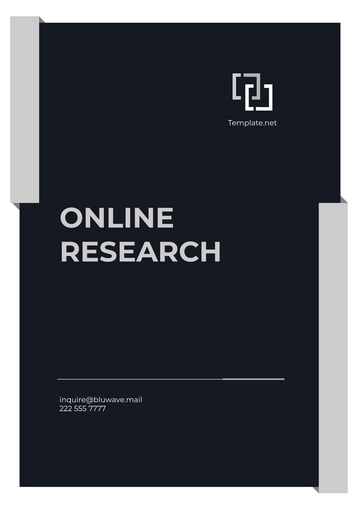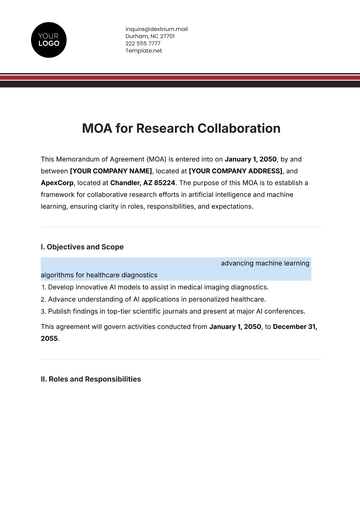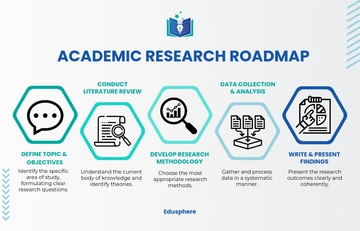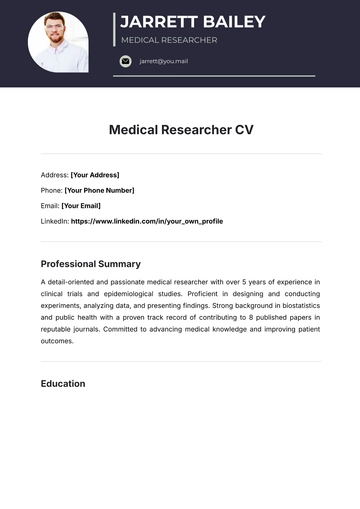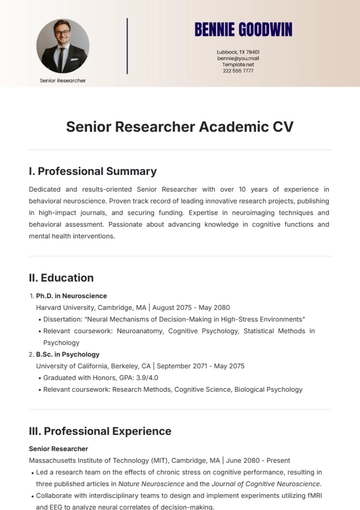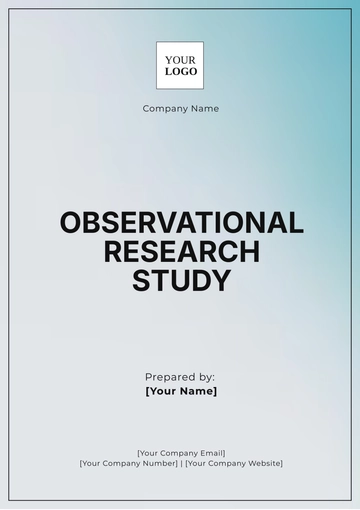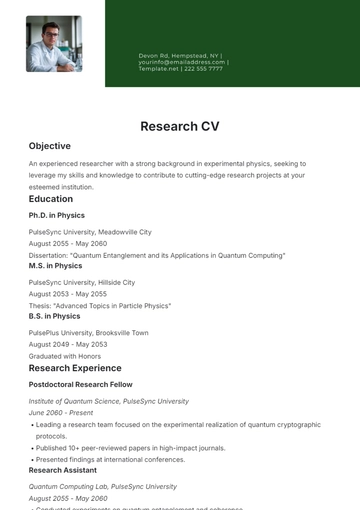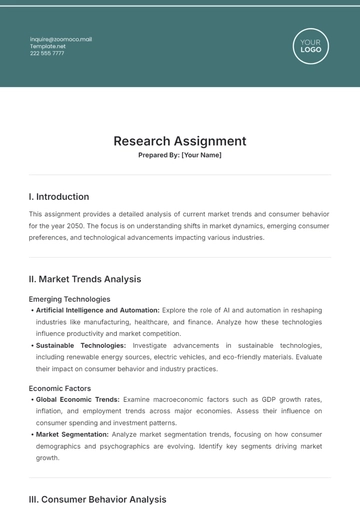Free Extensive Payroll Accounting Research
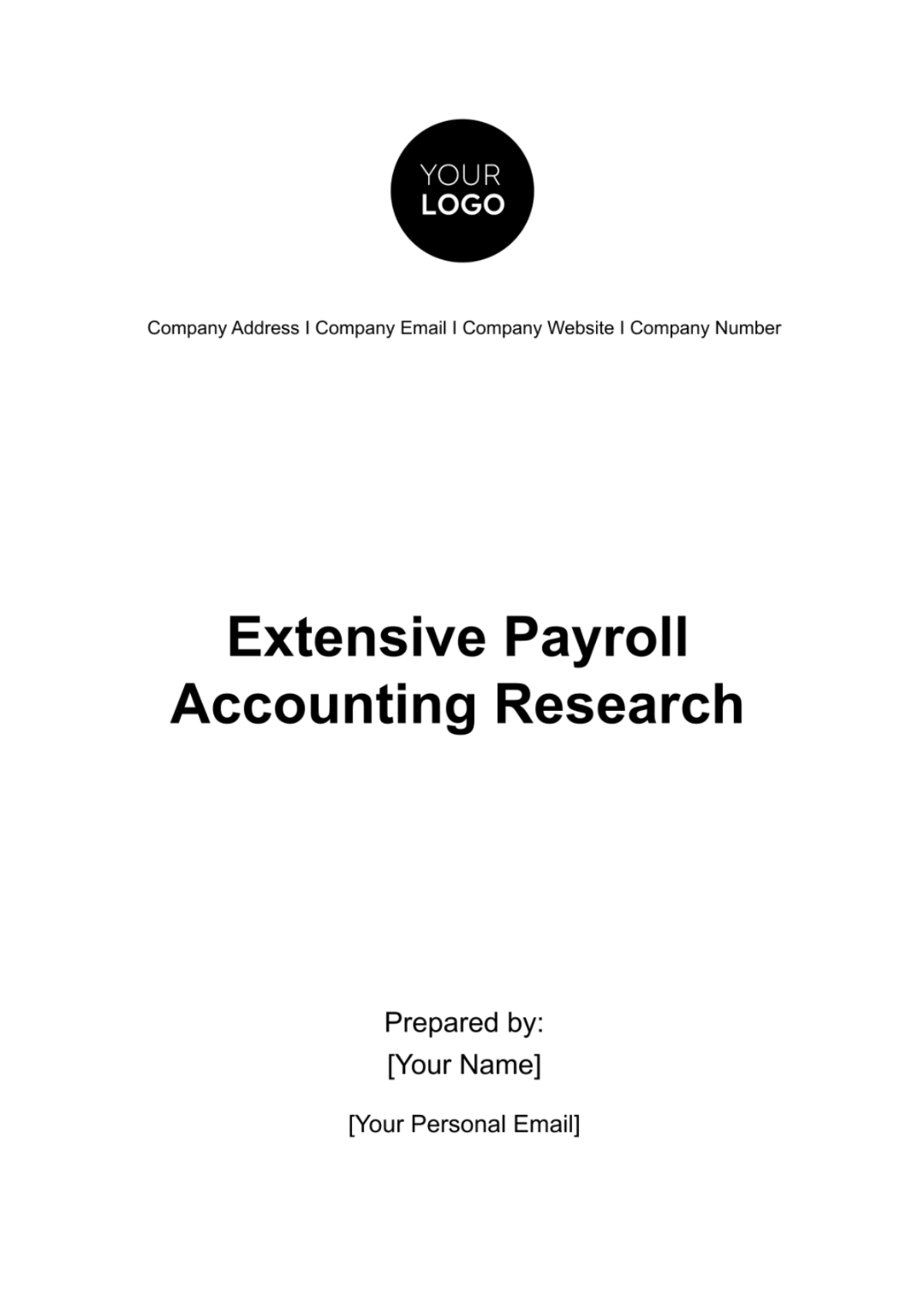
I. Introduction
Purpose of the Research:
This research conducted by [Your Company Name] aims to provide an in-depth analysis of payroll accounting systems and practices. The primary objective is to understand the current landscape, identify emerging trends, and evaluate the effectiveness of various payroll management strategies.
Background Information:
Payroll accounting has always been a critical component of business operations. With the evolution of technology and regulatory environments, it's crucial to keep abreast of the latest practices and ensure compliance. This research delves into the various aspects of payroll accounting, exploring its history, current practices, and future outlook.
Research Questions:
The research will address the following questions:
How have payroll accounting practices evolved over the last decade?
What are the current challenges faced in payroll accounting?
How do different payroll systems impact business efficiency and compliance?
II. Literature Review
Historical Overview of Payroll Accounting:
The research begins by tracing the history of payroll accounting from manual ledger-based systems to sophisticated digital solutions. The evolution will be charted through various eras, highlighting key technological and regulatory milestones that have shaped current practices.
Current Trends and Practices:
Explore the current state of payroll accounting, including the adoption of cloud-based systems, automation, and AI-driven tools. It will analyze how these trends are reshaping payroll processes in terms of efficiency, accuracy, and compliance.
Challenges in Payroll Accounting:
Key challenges like regulatory compliance, data security, and managing diverse workforce needs will be discussed. The research will draw on case studies and industry surveys to provide a comprehensive view of these challenges.
III. Methodology
Research Design:
The research adopts a mixed-method approach, combining qualitative and quantitative data. This design will enable a more holistic understanding of payroll accounting practices.
Data Collection Methods:
Data will be collected through various methods:
Surveys: Conducted with HR and finance professionals to gather quantitative data.
Interviews: In-depth interviews with industry experts for qualitative insights.
Case Studies: Analysis of real-life examples to understand the application of different payroll systems.
Analysis Techniques:
Data will be analyzed using statistical tools for quantitative data and thematic analysis for qualitative insights. This comprehensive analysis will ensure the findings are robust and reliable.
IV. Payroll Accounting Systems
Types of Payroll Systems:
This section categorizes payroll systems into three main types: manual, software-based, and outsourced. Each type will be evaluated based on factors like scalability, cost, and suitability for different business sizes.
Evaluation of Payroll Software:
A comprehensive evaluation of popular payroll software will be conducted. Criteria like user interface, integration capabilities, reporting features, and compliance tools will be used for assessment. The table below illustrates a sample comparison:
Software Name | User Interface | Integration Capabilities | Reporting Features | Compliance Tools |
|---|---|---|---|---|
Software A | Excellent | High | Comprehensive | Robust |
Software B | Good | Moderate | Basic | Adequate |
Software C | Average | Limited | Advanced | High |
Impact of Technology on Payroll:
Technological advancements have drastically transformed the payroll accounting landscape. The introduction of cloud-based systems, AI, and machine learning has not only automated the basic tasks but also introduced a level of sophistication in handling complex payroll scenarios.
Automation and Efficiency:
Automation, primarily through software solutions, has been a game-changer in payroll processing. Tasks that once took hours, such as data entry, calculations, and report generation, are now completed in minutes with minimal human intervention. This shift has significantly reduced the margin of error, leading to more accurate payroll processing. Automation also frees up valuable time for payroll professionals, allowing them to focus on more strategic tasks like analysis and planning.
AI and Predictive Analytics:
AI and machine learning are at the forefront of the next wave of payroll technology. These technologies are not just automating tasks but also providing predictive insights. For instance, AI can analyze patterns in employee absenteeism, overtime, and turnover rates to forecast future payroll expenses. This predictive capability aids businesses in more accurate budgeting and financial planning.
Customization and Personalization:
Technology has enabled a higher degree of customization in payroll systems. Businesses can now tailor their payroll software to meet specific requirements, whether it's handling unique compensation structures or integrating with other business systems. This customization ensures that the payroll system aligns perfectly with the business's operational workflow.
Enhanced Employee Experience:
The impact of technology on payroll goes beyond the accounting department; it extends to the entire workforce. Modern payroll systems offer employee portals where employees can access their pay stubs, tax forms, and benefits information. This self-service capability empowers employees and reduces the workload on the HR department.
Data Security and Compliance:
With the increase in digital payroll solutions, data security and compliance have become paramount. Advanced encryption, secure cloud storage, and robust access controls are now standard features in payroll systems. Furthermore, these systems are designed to stay updated with the latest tax laws and regulatory requirements, ensuring that businesses remain compliant.
Global Payroll Management:
For multinational corporations, managing payroll across different countries can be a daunting task. Modern payroll technologies provide solutions for global payroll management, handling varying tax laws, currency conversions, and compliance issues across jurisdictions. This global capability is essential for businesses expanding their international footprint.
V. Regulatory Compliance and Ethical Considerations
Payroll Regulations:
A detailed analysis of the legal framework governing payroll accounting. It covers various national and international regulations like the Fair Labor Standards Act (FLSA) in the U.S., GDPR in Europe, and other country-specific labor laws. The focus will be on how these regulations affect payroll processing and compliance.
Ethical Issues in Payroll Management:
Ethical considerations in payroll management, such as confidentiality, fair wage distribution, and non-discriminatory practices, will be discussed. The research will explore ethical dilemmas faced by payroll professionals and propose solutions to uphold ethical standards.
Case Studies on Compliance:
Real-world examples of both compliance and violations in payroll accounting will be presented. These case studies will illustrate the consequences of compliance failures and the best practices for adhering to legal requirements.
VI. Financial Implications and Cost Analysis
Cost-Benefit Analysis of Different Payroll Systems:
A detailed cost-benefit analysis of manual vs. automated payroll systems will be provided. This analysis will consider factors like labor costs, error rates, and time efficiency. The following table represents a simplified version of this analysis:
System Type | Initial Setup Cost | Annual Operating Cost | Error Rate | Time Efficiency |
|---|---|---|---|---|
Manual | Low | High | High | Low |
Automated | High | Low | Low | High |
Payroll Accounting and Organizational Finance:
The impact of payroll accounting on overall financial management within an organization will be explored. This includes its effects on cash flow management, budgeting, and financial reporting.
VII. Global Payroll Accounting Practices
Comparative Analysis:
A comparative analysis of payroll practices in different countries will highlight the diversity in payroll management across various regions. Factors like taxation, employee benefits, and statutory compliance will be compared.
Challenges in International Payroll:
The complexities and challenges of managing international payroll, such as currency conversion, tax treaties, and varying labor laws, will be examined. Strategies to effectively manage these challenges will be discussed.
In addition to the comparative analysis and challenges in international payroll, it is crucial to consider the cultural aspects of global payroll practices. Different countries have distinct cultural approaches to work, compensation, and benefits, which significantly influence their payroll systems. For instance, in some countries, additional allowances like transportation, housing, or childcare form a significant part of the compensation package, impacting the overall payroll structure. Understanding these cultural nuances is vital for multinational companies to ensure employee satisfaction and adherence to local norms.
VIII. Future of Payroll Accounting
Emerging Trends and Predictions:
Future developments in payroll accounting will be forecasted, with a focus on emerging technologies like blockchain and predictive analytics. The research will speculate on how these trends could reshape payroll practices.
Recommendations for Improvement:
Based on the findings, recommendations for improving payroll accounting practices will be provided. These recommendations will aim to enhance efficiency, compliance, and employee satisfaction.
The integration of artificial intelligence (AI) in payroll systems is set to redefine the strategic role of payroll in organizations. AI's capabilities extend beyond automating routine tasks to providing strategic insights and forecasting. For example, AI can analyze extensive payroll data to identify trends and anomalies, offering predictive insights for better workforce planning and budget allocation. This can include predicting the impact of salary increments, bonuses, or changes in workforce size on the overall financial health of the organization.
Moreover, as AI technology evolves, we can anticipate more personalized employee experiences. AI could tailor benefits packages and compensation plans to individual employee preferences and performance, moving towards a more dynamic and employee-centric payroll model. This shift from a transactional to a strategic approach in payroll management not only enhances operational efficiency but also plays a crucial role in talent management and employee retention strategies. In the future, payroll accounting could become a key driver in shaping organizational policies and workforce dynamics, further emphasizing its importance in the broader context of business operations and strategy.
IX. Conclusion
Summary of Findings:
The research will conclude with a summary of the key findings, emphasizing the evolution, current state, and future prospects of payroll accounting.
Implications of the Research:
The practical and theoretical implications of the research findings will be discussed. This will include recommendations for businesses, policy makers, and future research directions.
As we look towards the future of payroll accounting, it's important to consider the potential impact of emerging technologies beyond the current trends. For instance, blockchain technology holds promise for revolutionizing payroll systems with its inherent security and transparency features. Blockchain could enable immutable record-keeping for payroll transactions, ensuring both accuracy and compliance. Additionally, as businesses increasingly embrace a global workforce, currency fluctuations and cross-border payments will become more complex. Technologies enabling real-time currency conversion and international payments could simplify these processes, making global payroll management more efficient.
Furthermore, the increasing focus on employee well-being and work-life balance could lead to more flexible payroll models, such as on-demand pay, where employees can access their earnings as they are accrued. These potential advancements suggest a future where payroll systems are not just administrative tools but strategic assets contributing to broader business objectives and employee engagement.
- 100% Customizable, free editor
- Access 1 Million+ Templates, photo’s & graphics
- Download or share as a template
- Click and replace photos, graphics, text, backgrounds
- Resize, crop, AI write & more
- Access advanced editor
Discover the Extensive Payroll Accounting Research Template from Template.net, a comprehensive tool for in-depth financial analysis. This template, both editable and customizable, provides a robust framework for conducting detailed payroll accounting research. Crafted for professionals, it simplifies complex data management, ensuring precision and clarity in your financial investigations. Elevate your accounting research by editing this template using our Ai Editor Tool.


